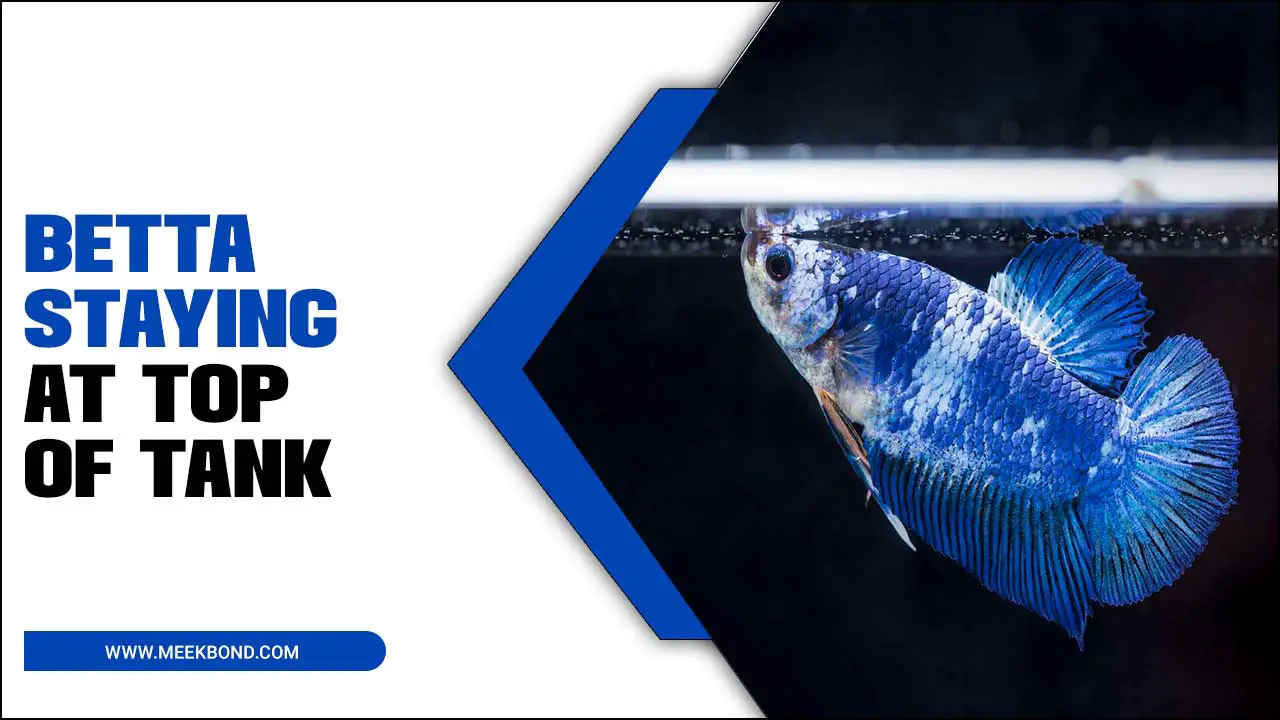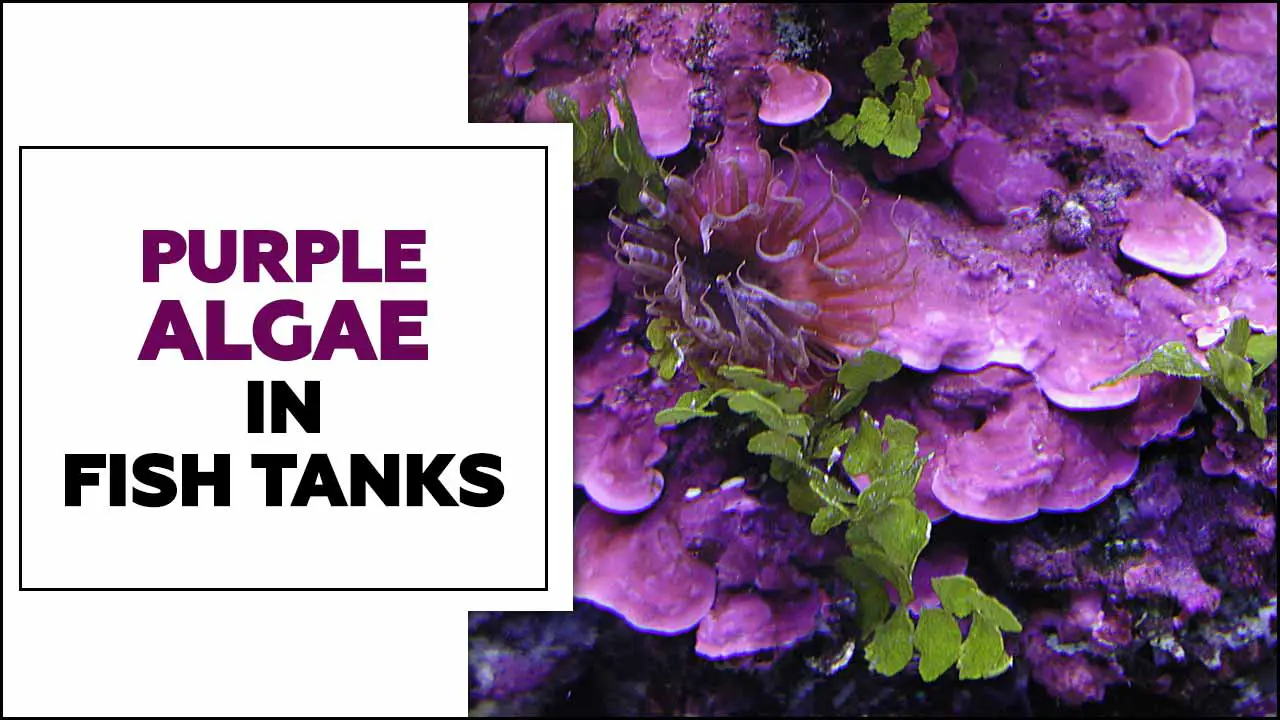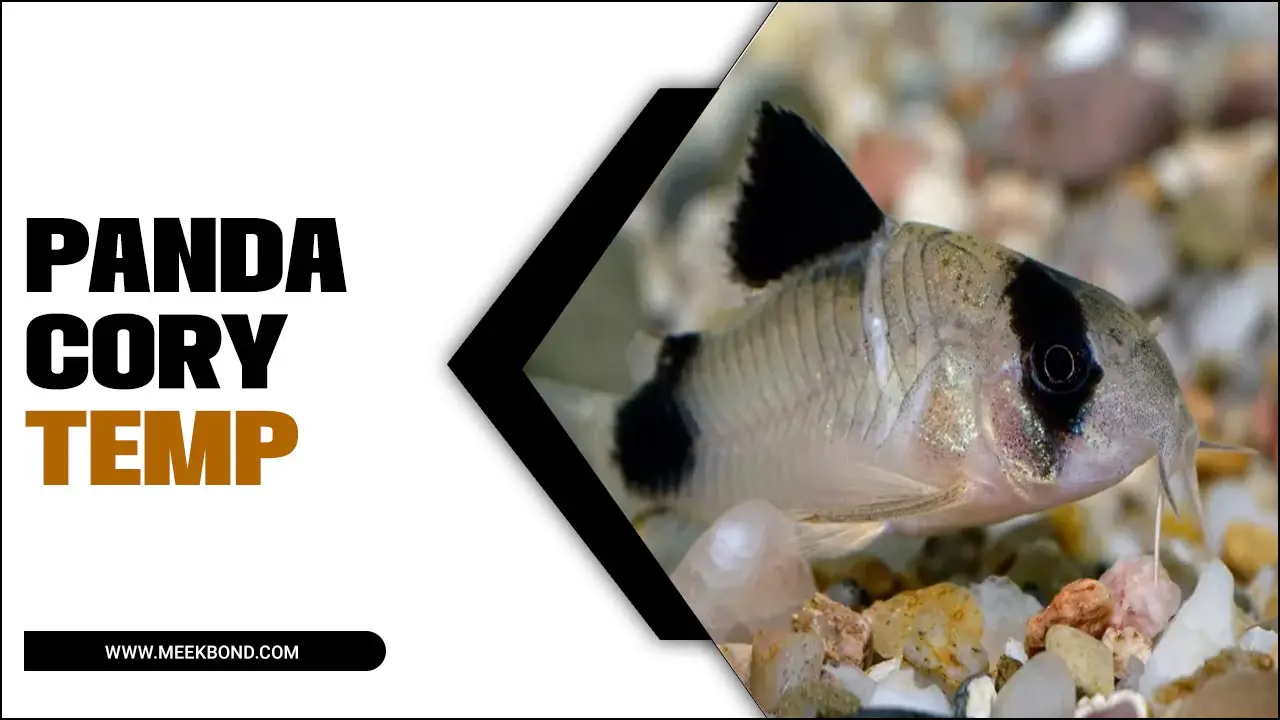Shimmying in fish is an abnormal movement characterized by rapid side-to-side motions. It is often a sign of discomfort or underlying health issues.
Genetic factors, poor water quality, inadequate filtration, and rapid temperature changes can contribute to shimmying. Monitoring fish behaviour and seeking professional advice can help address this issue.
Here we will explore what causes shimmying fish, the symptoms to look out for, and how to treat and prevent this condition. You can ensure your fish stay healthy and happy by following simple guidelines like maintaining proper water quality and temperature, feeding a balanced diet, and monitoring your fish regularly.
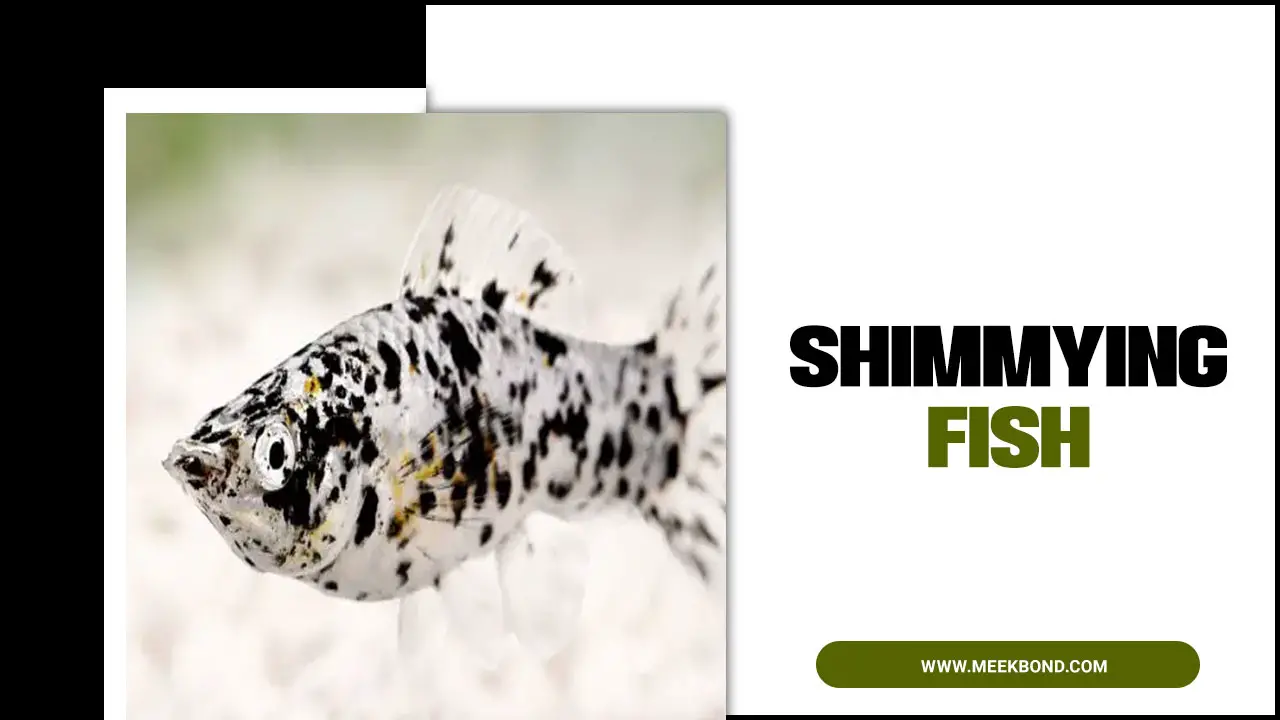
Causes Of Shimmying In Fish
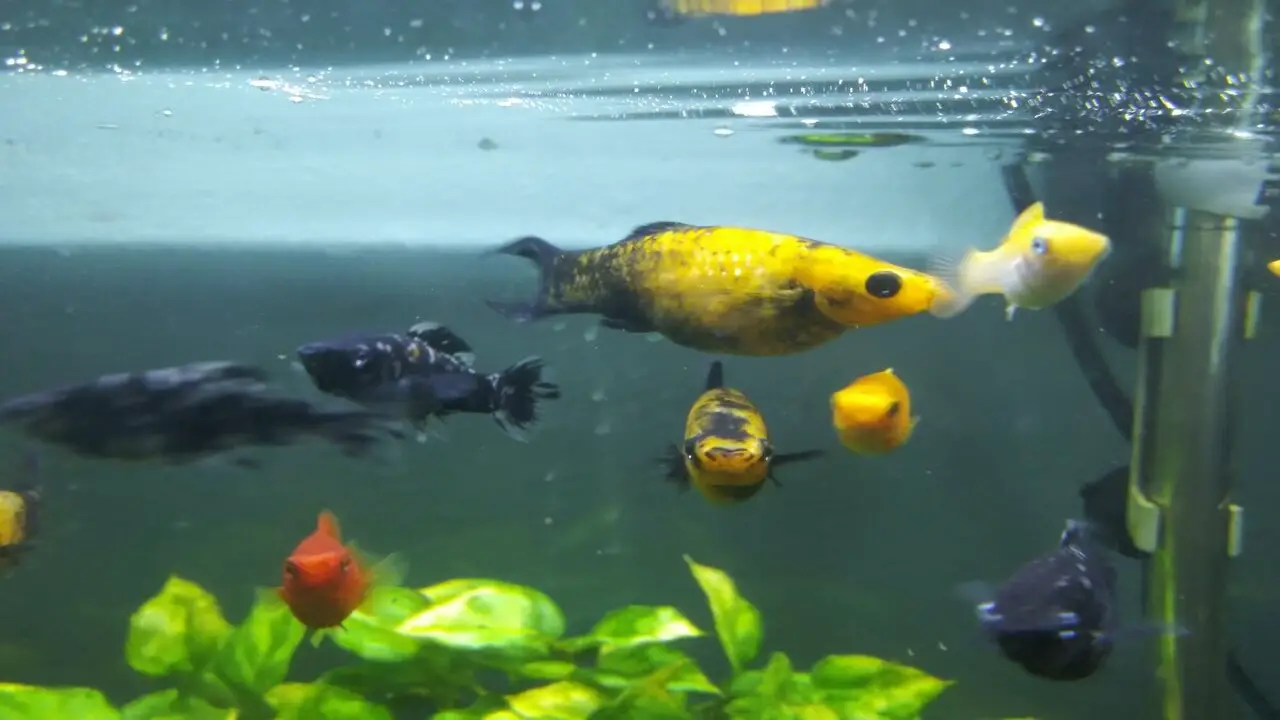
If you notice your fish shimmying, it could indicate an underlying issue. If you cannot identify the cause of shimmying in your fish or if it persists despite efforts to address potential issues, consult with a veterinarian specialising in aquatic animals for further guidance and treatment options. Here are some causes of shimmying in fish:
Inadequate Filtration
Inadequate filtration can lead to fish shimmying. When the filtration system in an aquarium is insufficient, it results in poor water quality. This, in turn, triggers fish shimmying. To maintain a healthy aquatic environment, proper filtration is crucial.
Regular maintenance and cleaning of filters are necessary to prevent fish shimmying. Investing in a high-quality filtration system plays a significant role in preventing shimmying in fish. Hobbyists can create an ideal environment for their aquarium fish, such as mollies, guppies, and cichlids, by ensuring the water is properly filtered.
Poor Water Quality
Poor water quality is one of the main causes of shimmying in fish. When the water in a fish tank or aquarium is not properly maintained, it can lead to a buildup of toxins and pollutants that can hurt the health of the fish. These toxins can irritate the fish’s skin and gills, causing them to exhibit abnormal behaviour such as shimmying. This includes regular water changes, proper filtration, and monitoring ammonia, nitrite, and nitrate levels.
Rapid Temperature Changes
Rapid temperature changes can be one of the causes of shimmying in fish. Fish are ectothermic animals, meaning the environment regulates their body temperature. When there is a sudden change in water temperature, it can disrupt the fish’s metabolism and stress their bodies. This can lead to abnormal behaviour, such as shimmying or shaking.
Symptoms To Look Out For Shimmying-Fish
If you notice any of these symptoms, it is important to take action and address the issue as soon as possible. Consult with a veterinarian specialising in fish care or seek advice from a knowledgeable aquarium hobbyist to determine the cause and appropriate treatment for your shimmying-fish. Here are some symptoms to look out for:
- Abnormal swimming behaviour: If your fish is constantly shimmying or twitching while swimming, it could indicate a problem.
- Loss of appetite: If your fish is not eating or showing a decreased interest in food, it may be a sign of illness.
- Changes in appearance: Look out for changes in colour, scales, or fins. These can be indications of disease or infection.
- Gasping for air: If your fish struggles to breathe or frequently comes to the surface for air, it may be a sign of poor water quality or oxygen levels.
How To Treat Shimmying Fish In Your Aquarium
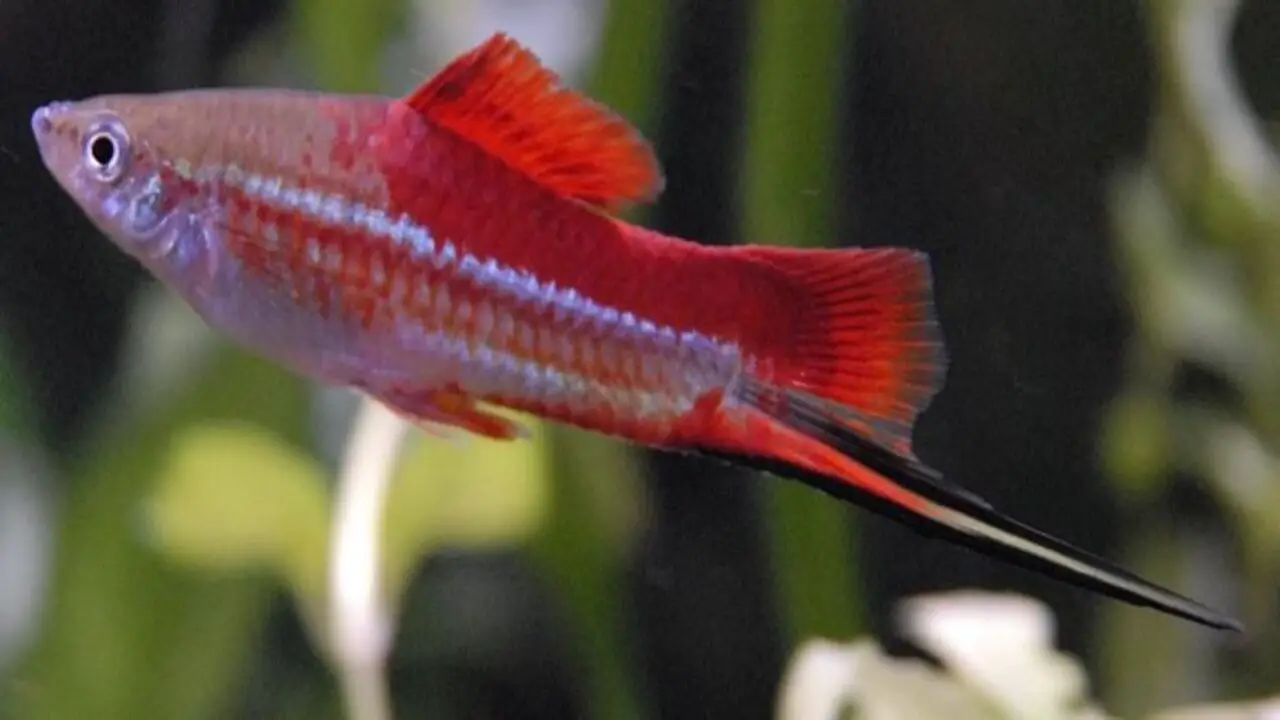
If you notice your fish exhibiting shimmying behaviour, it is important to address the issue promptly to ensure their health and well-being. It is always best to consult with an experienced aquarist or veterinarian specialising in aquatic animals if you have concerns about your fish’s health or behaviour. Here are some steps you can take to treat shimmying fish:
Monitor Your Fish Regularly
Monitoring your fish regularly is an essential part of treating shimmying-fish. Shimmying, or the erratic swimming behaviour exhibited by fish, can be caused by factors such as poor water quality, stress, or disease. By closely observing your fish regularly, you can quickly identify any changes in behaviour or appearance that may indicate a problem.
Look for signs such as excessive scratching against objects, loss of appetite, fin damage, or unusual swimming patterns. If you notice any concerning symptoms, it is important to take immediate action to address the issue and provide appropriate treatment for your fish.
Identify The Symptoms
Pay close attention to any changes in your fish’s swimming behaviour, as it could indicate shimmying- fish. Look out for signs of poor balance or instability and excessive twitching or shaking of the body, which are all common symptoms of shimmying- fish.
Another sign to watch is if your fish’s fins are clamped close to its body, indicating shimmying- fish. Additionally, observe any erratic movements or difficulty swimming in a straight line, as these can be further signs of shimmying- fish.
Feed Your Fish Properly
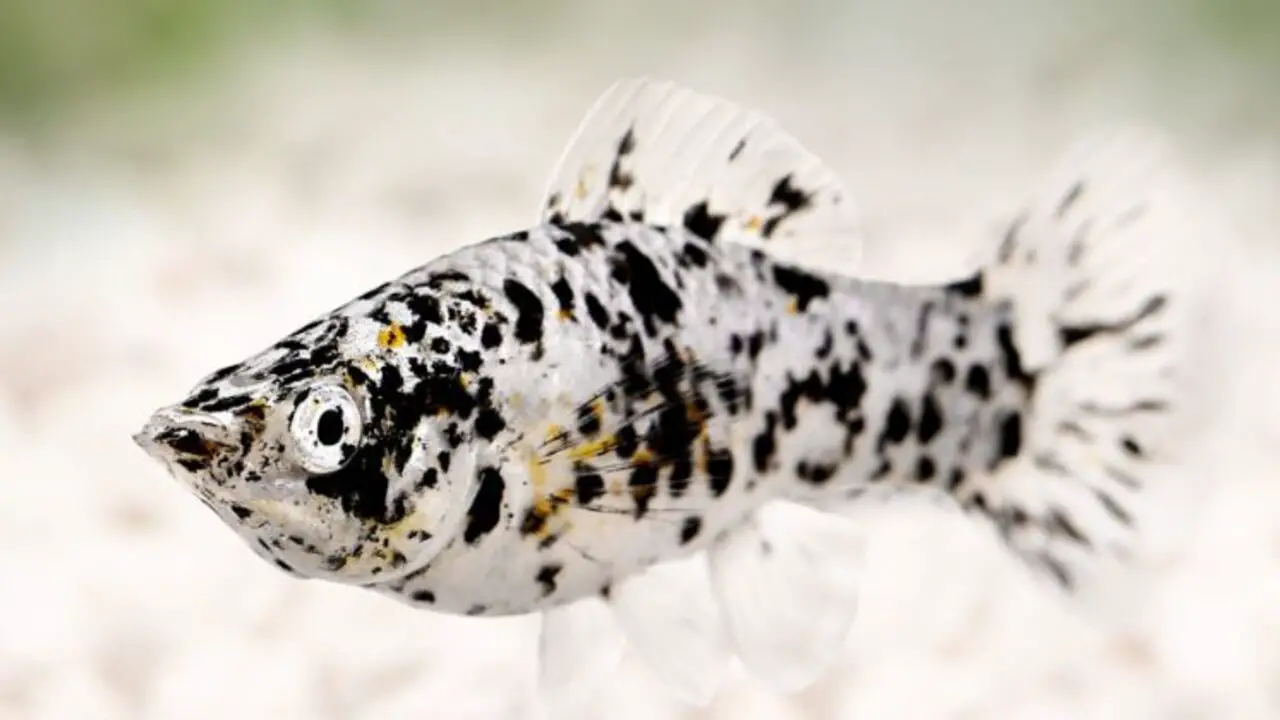
Depending on the fish species, this may include commercial fish food, live or frozen foods, and occasional treats. Be sure to research the nutritional requirements of your particular fish species and provide them with appropriate food options.
Overfeeding can also contribute to shimmying, so it is important to feed your fish in moderation and avoid excess food waste in the tank. Feeding your fish properly can help support their overall health and potentially alleviate shimmying symptoms.
Prevention Strategies For Shimmying In Fish
Shimmying in fish can signify stress or illness, but several prevention strategies can help keep your fish healthy and happy. By implementing these prevention strategies, you can help reduce the likelihood of shimmying in your fish and promote their overall well-being. Here are some tips to prevent shimmying in fish:
Proper Water Quality And Temperature
Proper water quality and temperature are key factors in preventing shimmying in fish. Maintaining a clean and healthy environment for your aquatic pets is essential to their well-being. Here are some tips to ensure proper water quality and temperature:
- Regularly test the water parameters such as pH, ammonia, nitrite, and nitrate levels to ensure they are within the appropriate range for your specific fish species.
- Perform regular water changes to remove any accumulated toxins or waste products.
- Use a high-quality filtration system to help keep the water clean and clear.
- Monitor the water’s temperature and ensure it remains stable within the ideal range for your fish.
- Avoid sudden fluctuations in temperature, as this can stress out the fish and potentially lead to health issues.
Feeding A Balanced Diet To Your Fish
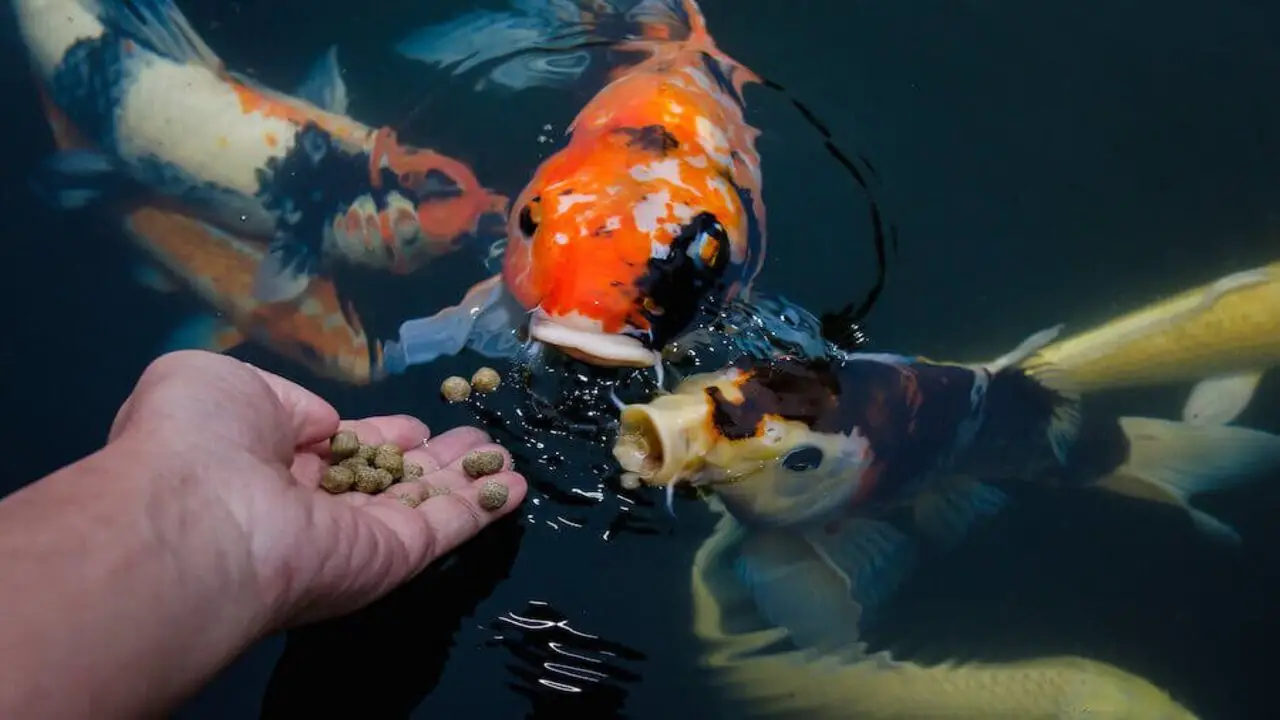
Feeding a balanced diet to your fish is essential for their health and well-being. Providing a variety of foods is key to ensuring they receive all the necessary nutrients. Here are some tips for feeding a balanced diet to your fish:
- Choose high-quality fish food: Look for fish food that is specifically formulated for the species you have. These foods often contain a mix of proteins, vitamins, and minerals that meet the nutritional needs of your fish.
- Offer a variety of foods: Besides commercial fish food, consider supplementing their diet with live or frozen foods such as bloodworms, brine shrimp, or daphnia. These foods can provide additional nutrients and help mimic their natural diet.
- Avoid overfeeding: Fish have small stomachs and can easily become overfed. Overfeeding can lead to poor water quality and health issues. Feed your fish small amounts multiple times a day, only giving them what they can consume in a few minutes.
- Monitor their appetite: Monitor how much your fish are eating. If they are not interested in food or have suddenly lost their appetite, it may be a sign of illness, and you should consult a veterinarian or aquatic specialist.
Treating Shimmying-Fish With Medications
When treating shimmying fish, several prevention strategies can be effective. One of the most common methods is treating the fish with medications. These medications can help eliminate parasites or bacterial infections that may be causing the shimmying behaviour.
It’s important to consult a veterinarian or experienced fishkeeper to determine the appropriate medication and dosage for your situation. Additionally, it’s crucial to follow the instructions provided by the medication manufacturer and monitor your fish closely during treatment.
Conclusion
Shimmying in fish is a condition that can be caused by various factors such as genetics, environmental factors, inadequate filtration, poor water quality, and rapid temperature changes. Monitoring your fish regularly and identifying the symptoms of shimmying is important. Providing proper care and feeding a balanced diet can help in treating shimmying fish.
Additionally, maintaining proper water quality and temperature can prevent shimmying in fish. If you notice any signs of shimmying in your fish, it is recommended to consult a veterinarian for proper diagnosis and medication. You can ensure their health and well-being by following these prevention strategies and providing the best care for your fish.
Frequently Asked Questions
Can Fish Recover From The Shimmies?
Fish can recover from the shimmies with proper treatment. The main cause of shimmies in fish is often poor water quality. Treatment for shimmies includes improving water quality, adjusting pH levels, and adding aquarium salt. Preventing shimmies in fish requires regular maintenance and monitoring of water parameters.
How Do You Fix Fish Shimmies?
To fix fish shimmies, first identify the cause, including poor water quality and stress. Address the underlying issue by adjusting water parameters, improving filtration, or reducing stressors. In severe cases, consult with an aquatic veterinarian for medication options.
Why Is My Betta Fish Shimmying?
Betta fish may shimmy when they feel stressed or uncomfortable in their environment. Poor water quality, disease, or parasites can also cause shimmying. Assess the fish’s living conditions and make necessary changes to treat shimmying. Consult with a veterinarian who specializes in fish health if needed.
What Are Shimmying-Fish And Why Do They Shimmy?
Shimmying- fish refers to fish that display a side-to-side motion while swimming. Various factors, including poor water quality or disease, can cause this behaviour. Treatment options may involve improving water conditions and using medication, while prevention includes maintaining good water quality and regularly monitoring fish health.
Can Shimmying Be A Sign Of Stress In Fish?
Yes, shimmying in fish can indicate stress. Poor water quality, overcrowding, or sudden environmental changes can cause stress. Treating shimmying involves identifying and addressing the underlying cause of stress. Prevention measures include maintaining good water quality and providing adequate space for fish to avoid stress.

Aquarium passion is all about connecting with the aquatic life and providing education to the public on the importance of these creatures. We showcase a wide variety of marine life through our exhibits as well as working with schools to provide unique learning opportunities for students of all ages.

